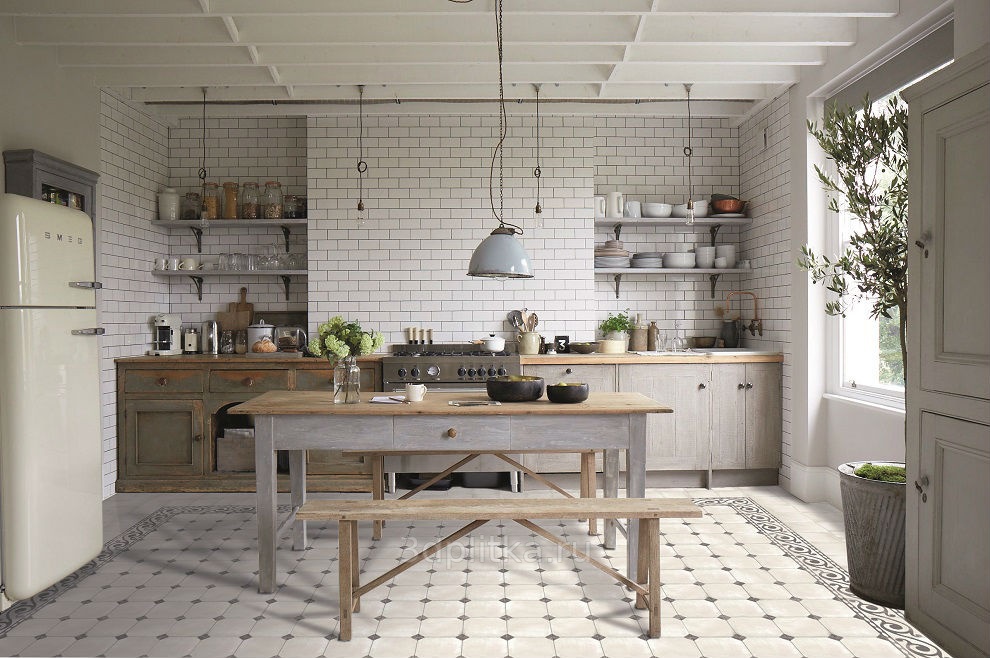In today’s bustling kitchens, efficiency and organization are key to success. The kitchen wrap-up, often overlooked amidst the chaos of meal preparation, plays a crucial role in ensuring a smooth and satisfying culinary experience. In this comprehensive guide, we’ll explore the importance of the wrap-up and provide you with practical tips to streamline your cooking process and elevate your culinary creations.
Understanding the Significance of a Kitchen Wrap-Up
Defining the Kitchen Wrap-Up
The kitchen wrap-up refers to the final steps taken after completing a cooking session or meal preparation. It involves tasks such as cleaning up, storing leftovers, and reflecting on the cooking process.
The Role of the Kitchen Wrap-Up
The wrap-up serves several essential purposes:
- Maintaining Cleanliness: It ensures that the kitchen is left clean and organized after cooking.
- Minimizing Food Waste: It involves properly storing leftovers to prevent food waste and maximize freshness.
- Reflecting on the Cooking Process: It provides an opportunity to reflect on the cooking process and learn from successes and mistakes.
Tips for a Successful Kitchen Wrap-Up
Cleaning and Organizing
- Wash Dishes as You Go: Clean utensils and cookware as you cook to minimize clutter and make the wrap-up process more manageable.
- Wipe Down Surfaces: Quickly wipe down countertops and stovetops to remove spills and prevent stains from setting.
Storing Leftovers
- Use Airtight Containers: Transfer leftovers to airtight containers to maintain freshness and prevent odors from spreading in the refrigerator.
- Label and Date Containers: Labeling and dating containers can help you keep track of leftovers and ensure they are consumed before they spoil.
Reflection and Improvement
- Reflect on the Cooking Process: Take a moment to reflect on the cooking process, noting what worked well and areas for improvement.
- Set Goals for Next Time: Use your reflections to set goals for future cooking sessions, whether it’s trying new recipes or improving cooking techniques.
Incorporating the Kitchen Wrap-Up into Your Routine
Establishing a Wrap-Up Routine
- Allocate Time: Set aside dedicated time at the end of each cooking session for the wrap-up process.
- Involve Family Members: Get the whole family involved in the wrap-up process to make it more efficient and enjoyable.
Conclusion
In conclusion, the wrap-up is a vital component of a successful cooking experience. By incorporating cleaning, organizing, and reflection into your wrap-up routine, you can ensure that your kitchen remains clean and organized, minimize food waste, and continually improve your culinary skills. So the next time you finish cooking a delicious meal, don’t forget to complete the wrap-up—it’s the final ingredient to culinary perfection.
FAQs
- Why is a its important?
- A kitchen wrap-up ensures cleanliness, minimizes food waste, and provides an opportunity for reflection and improvement.
- How can I make the wrap-up process more efficient?
- Wash dishes as you go, use airtight containers for leftovers, and involve family members in the process.
- What should I do with leftovers after the wrap-up?
- Store leftovers in airtight containers, label and date them, and consume them before they spoil.
- How often should I perform a kitchen wrap-up?
- It’s recommended to perform a kitchen wrap-up after each cooking session to maintain cleanliness and organization.
- Can the kitchen wrap-up help me improve my cooking skills?
- Yes, reflecting on the cooking process and setting goals for improvement can help you continually enhance your culinary skills.


1 Comment
Leave a reply